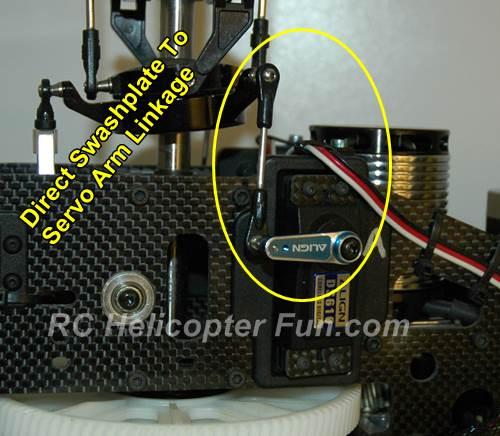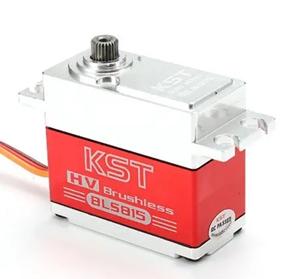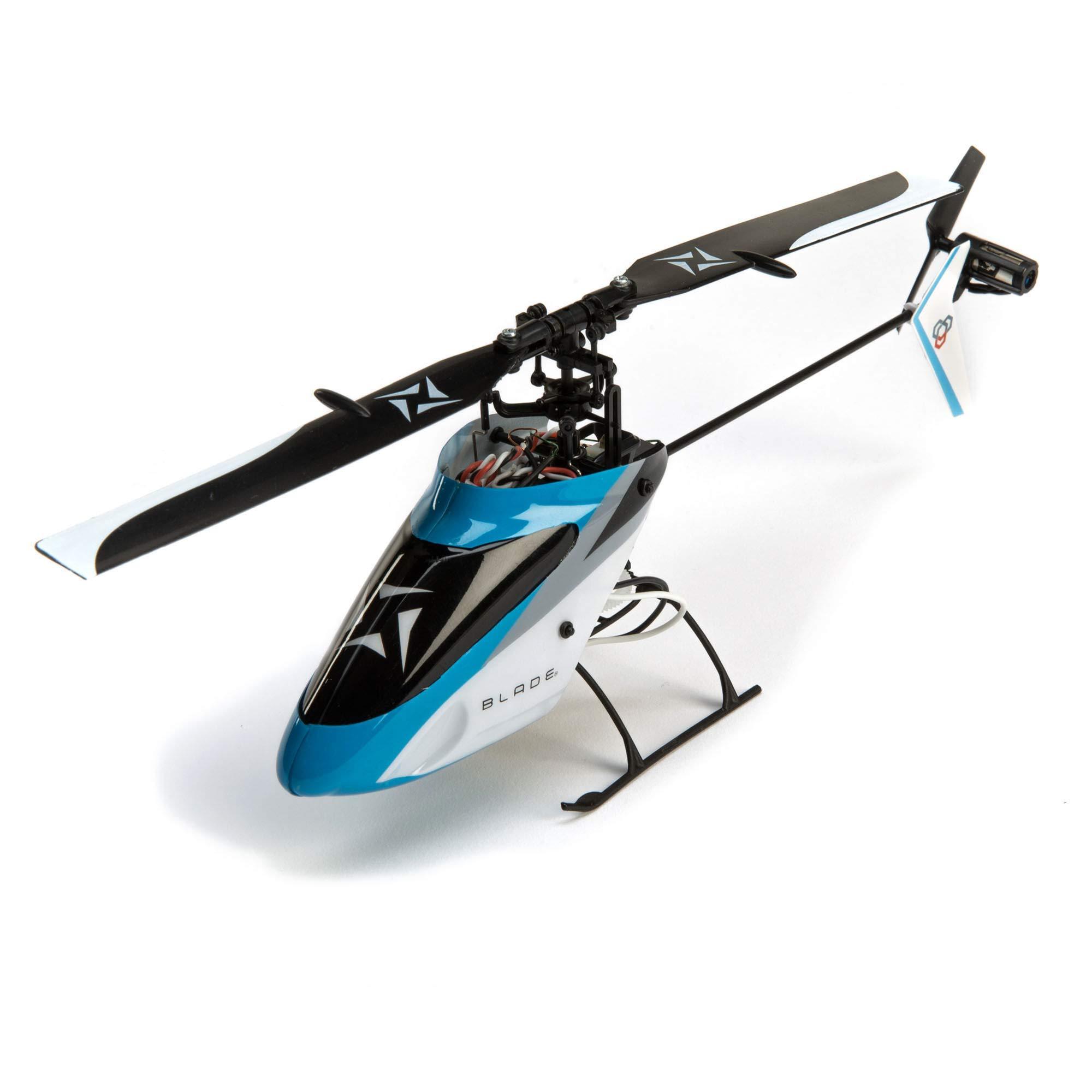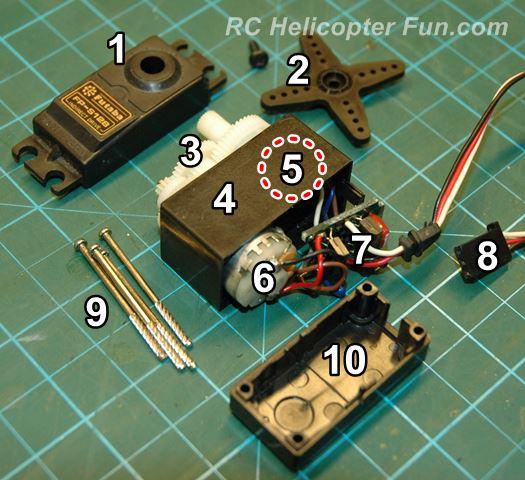Understanding RC Heli Servos: Types, Technology and Maintenance
RC helicopter servos are an essential component for hobbyists who enjoy flying RC helicopters. Servos work as servomechanisms that drive the movement of the helicopter’s mechanical parts, such as the swashplate, tail rotor, and main rotor blades. Without servos, there would be no way to control the helicopter’s movements in the air. In this article, we will discuss the working principle of servos, the types of servos available, advancements in servo technology, and tips for choosing, maintaining, and troubleshooting servos, ensuring your helicopter has the power and precision it needs.
Choosing the Right RC Heli Servos
- First, let’s discuss how a servo works. A servo consists of three main components: a motor, gears, and electronics. The motor powers the gears, which amplify and transfer the motor’s power to the mechanical part it’s attached to. The electronics inside the servo control the motor’s speed and direction, which allows the servo to move precisely and accurately.
- Servos receive commands from the receiver, which processes input signals from the transmitter and sends them to the servos to execute.
- There are two types of servos: analog and digital. Digital servos offer more precision and accuracy than their analog counterparts and have faster response times.
- Newer servo models use brushless motors instead of brushed motors, increasing their efficiency and lifespan.
When choosing a servo for your RC helicopter, it’s important to consider the weight, size, and desired torque of the servo to match the requirements of your helicopter. Various websites offer a range of servos to choose from, with guides to help you select the right one. Additionally, it’s crucial to maintain and troubleshoot your servo regularly to ensure its longevity and proper functioning.

What factors should be considered when choosing a servo for an RC helicopter?
When choosing a servo for an RC helicopter, the factors to consider include size, weight, torque, speed, and compatibility with the helicopter’s electronic system.
Advantages of Digital and Brushless Motor Servos
Servo technology has continued to improve over the years, with advancements in digital servos and brushless motor technology.
Digital servos offer more precision than analog servos because of their faster response times, and they’re more tolerant of voltage fluctuations.
Servos with brushless motors have smoother operation, more torque, and longer lifespans than those with brushed motors.
There are many websites that offer a wide range of servos to choose from, including specialized servos for specific needs. You can find servos tailored to different types of helicopters, such as collective pitch and flybarless systems. Some websites also offer guides on how to choose the right servo for your helicopter.
Www.amainhobbies.com has a great selection of digital servos for RC helicopter. If you’re looking for brushless motor servos, www.horizonhobby.com has a variety of high-quality options, as well as guides on how to choose the right one for your RC heli.

What are the benefits of using servos with brushless motors?
Servos with brushless motors provide precise and accurate control over the motor’s speed and position, making them ideal for applications requiring high levels of accuracy and stability. They also offer high torque, efficiency, and reliability, making them suitable for use in a wide range of industrial and commercial applications.
If you’re considering upgrading your RC helicopter’s servos, research is key.
If you’re looking to upgrade or replace your RC helicopter’s servos, it’s important to take the time to research and choose the right ones for your needs. Factors to consider when choosing a servo include weight, size, torque, speed, and compatibility with the helicopter’s receiver.
It’s important to choose a servo that matches the needs of your helicopter. For example, if you have a heavy helicopter, you will need a high-torque servo to handle the weight.
Some popular servo brands include Futaba, Hitec, and Spektrum, among others. These brands offer a wide range of servos to suit different needs and budgets.
Many hobbyist forums and websites feature discussions on servo selection, and it can be helpful to read reviews and ask questions to get more information before making a purchase.
Online marketplaces such as Amazon and hobbyist specialty stores such as Tower Hobbies offer a wide range of servos to choose from. Make sure to read product descriptions and user reviews to help you make an informed decision.

What are some popular servo brands for RC helicopters?
Futaba, Spektrum, and Hitec are some popular servo brands for RC helicopters.
Maintaining and troubleshooting your RC heli servos for optimal performance.
To ensure the optimal performance of your RC heli servos, regular maintenance and troubleshooting are essential. Proper maintenance can help extend the lifespan of servos and keep them running smoothly.
During regular checks, it is important to look for signs of wear and tear, such as stripped gears and cracked cases. Loose or damaged wires should also be addressed. Periodic lubrication can help prevent sticking or binding of gears.
If you are experiencing issues with your servos, such as jitters or dead zones, it is important to troubleshoot the problem. Common causes of servo issues include problems with the transmitter or receiver, binding gears, or incorrectly calibrated settings.
Fortunately, online resources are available for troubleshooting servo problems. Hobbyist forums and manufacturer websites can provide extensive knowledge and experience in resolving issues related to RC heli servos. Don’t hesitate to seek help and advice from these sources to ensure your servos continue to serve their purpose effectively.

What are common causes of issues with RC heli servos and how can they be troubleshooted?
Common causes of issues with RC heli servos include malfunctioning gears, dirty or corroded connectors, and low battery power. Troubleshooting methods include checking and cleaning connections, adjusting servo arm alignment, and replacing damaged or worn gears. Additionally, ensuring proper battery maintenance and voltage regulation can prevent servo issues from occurring.
Conclusion
In conclusion, RC heli servos are an essential component of any RC helicopter system. They serve to communicate the pilot’s commands to the helicopter’s various moving parts, allowing it to move and maneuver as desired. Choosing the right servo for your helicopter and properly maintaining it can help to ensure that it continues to function optimally and safely.
When selecting an RC heli servo, be sure to consider the specific needs of your helicopter, such as its size, weight, and required torque. Additionally, be sure to perform regular maintenance on your servos to prevent wear and tear from compromising their functionality. Regularly checking and lubricating your servos can go a long way towards extending their lifespan and ensuring they continue to operate at their best.
Fortunately, there are many resources available for hobbyists looking to learn more about RC heli servos. Many manufacturers and hobbyist forums offer advice and guidance on servo selection, maintenance, and troubleshooting. By taking advantage of these resources and staying up-to-date on the latest advancements in servo technology, you can ensure that your RC helicopter system remains in top condition for years to come.



